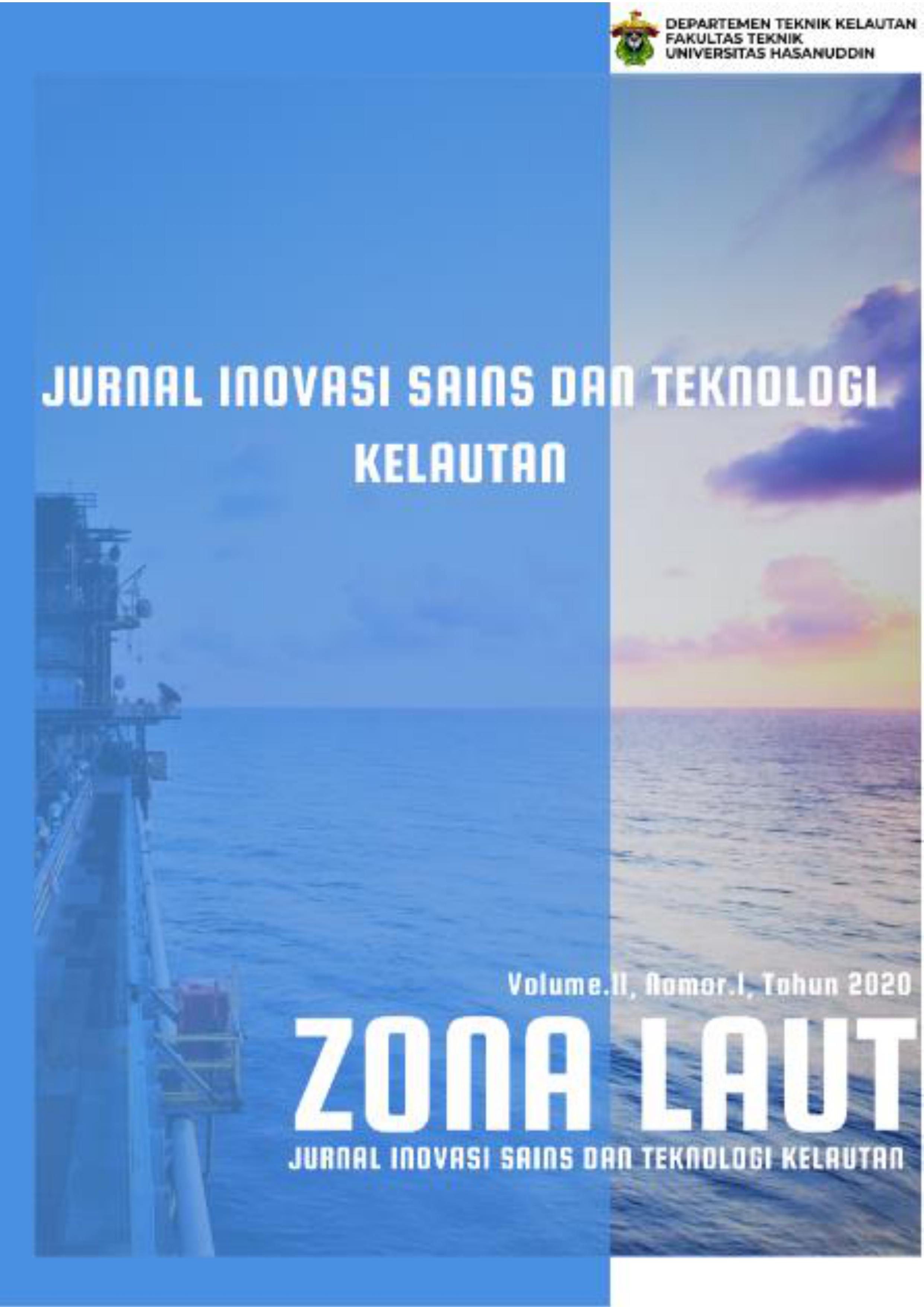Comparison Effect of Resin and Catalyst Against Fiberglass-Composite Tensile Strength Polyester For Ship Building Materials
Main Article Content
Abstract
The use of fiberglass-based composites is often found in shipbuilding. However, the use of composites in the shipbuilding process does not yet have clear and standard quality standards regarding the ratio between the amount of resin and catalyst used. Meanwhile, the amount of use of resin and atalyst has an influence on the strength of the fiber-reinforced composite. This study aims to determine the effect of the amount of catalyst mixed into the resin on the tensile strength of fiberglass-polyester composites. The method used in this study is an xperimental method that uses a tensile testing machine by varying the amount of catalyst in the resin from 0.5% to 2%. In this study, the results showed that composites with a catalyst amount of 0.5% had a tensile strength value of 4.85 kgf/mm2
, elongation of 2.43% and elastic modulus of 2.26 kgf/mm2. Composites with a catalyst amount of 1% had a tensile strength value of 5.02 kgf/mm2, longation of 1.71% and elastic modulus of 2.96 kgf/mm2. Composites with a catalyst amount of 1.5% had a tensile strength value of 5.49 kgf/mm2, longation of 1.97% and elastic modulus of 3.07 kgf/mm2. Composites with a catalyst amount of 2% had a tensile strength value of 4.97 kgf/mm2, longation of 1.62% and elastic modulus of 3.11 kgf/mm2. The tensile strength of fiberglass-polyester composites has increased in the amount of catalyst 0.5 to 1.5% and has decreased in the amount of catalyst 2%. The highest value of tensile strength is in composites with a composition of 100% resin and 1.5% catalyst.
Downloads
Article Details

This work is licensed under a Creative Commons Attribution 4.0 International License.
Allow anyone to modify, improve, and make derivative works, even for commercial purposes, as long as they credit to you for the original work.
References
Rawlings, F. L., Composite Materials: Engineering and Science. New York: CRC Press, 1999.
Sapuan, S. M., Composite Materials. Oxford: Elsevier, Inc, 2017.
Billmeyer, F. W., Textbook of Polymer Science. New York: John Wiley & Sons, Inc, 1984.
Hestiawan, H., Pengaruh Penambahan Katalis Terhadap Sifat Mekanis Resin Poliester Tak Jenuh. Yogyakarta: Teknosia, 2017.
Schwartz, M. M. (2002). Composite Materials Handbook. New York: McGraw-Hill, Inc, 2002.
Berthelot, J.-M. Mechanics of Composite Materials and Structures. Vallouise: Compomecha, 2015.
Kumar, Y. K., Influence of Aviation Fuel on Mechanical Properties of Glass Fiber-Reinforced Plastic Composite. Chennai: IARJSET, 2016.
Akay, M., An Introduction to Polymer-Matrix Composites. Bookboon, 2015.
ASTM., Standard Test Method for Tensile Properties of Plastics D638-14. Philadelphia: American Society for Testing and Material, 2014.
Callister, W. D., Materials Science and Engineering: An Introduction. Hoboken: John Wiley & Sons, Inc, 2010.

